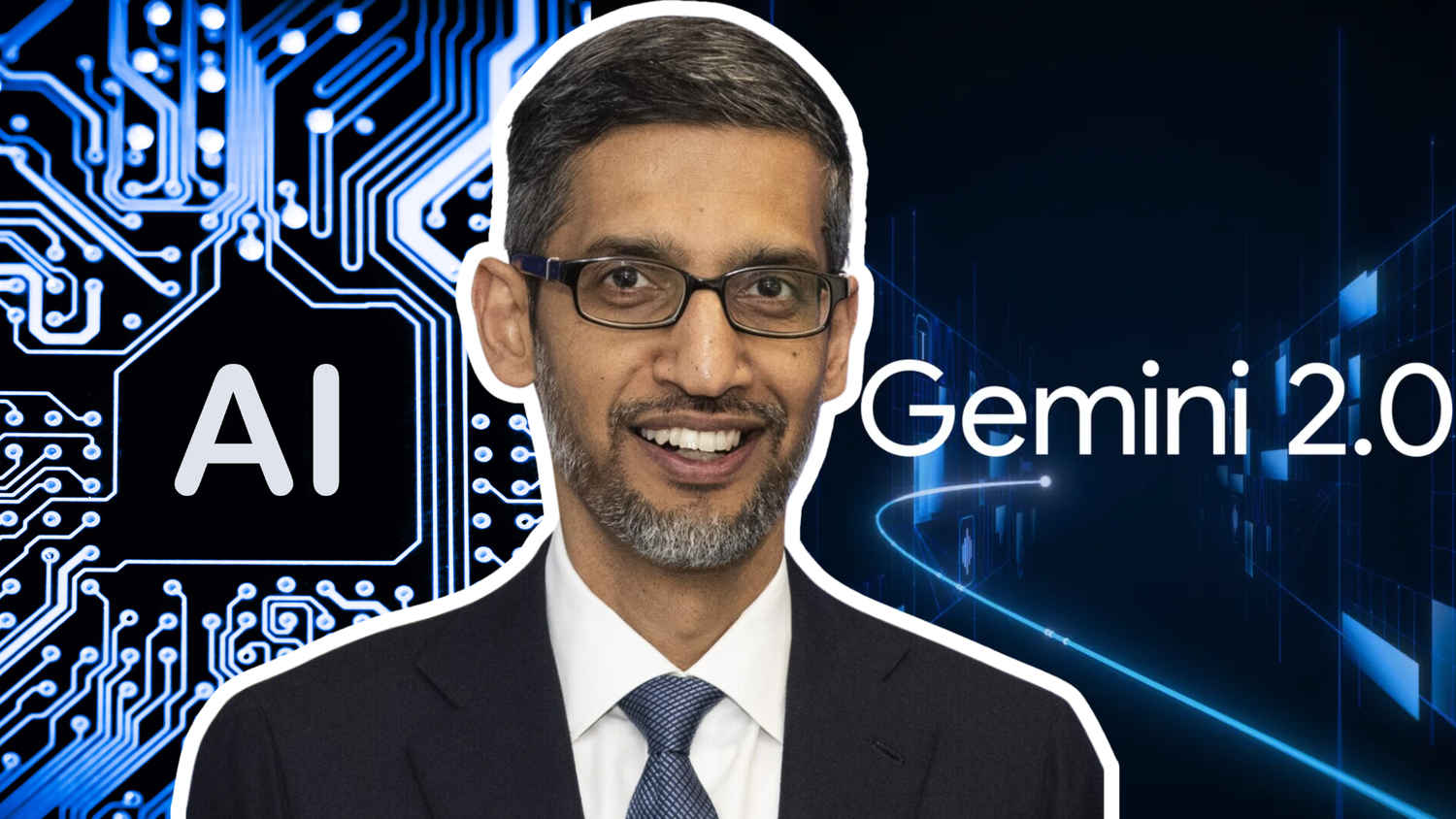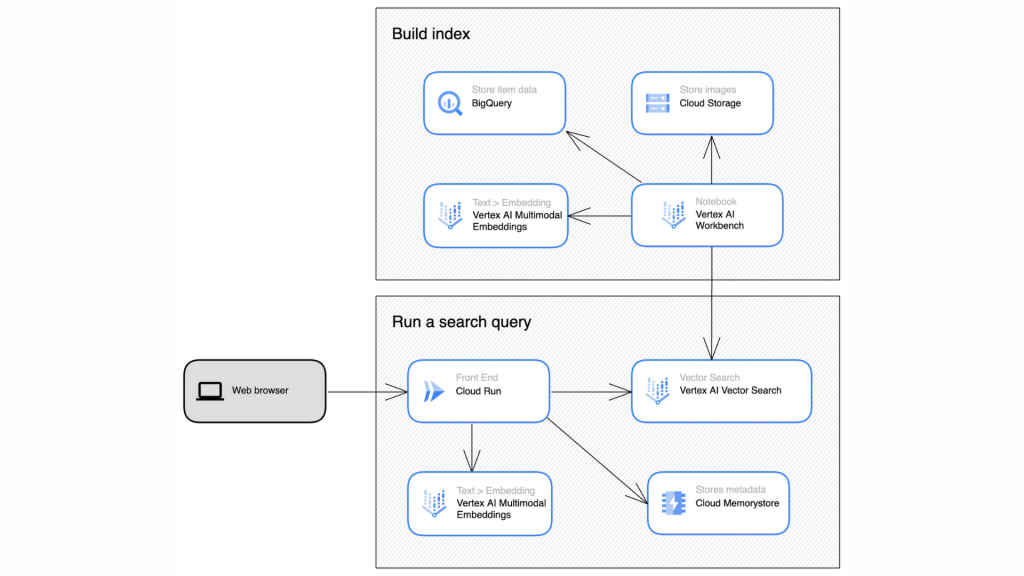Gemini 2.0 features: 5 ways Google improved its AI tool

When Google unveiled Gemini 2.0, the stakes in the AI ecosystem were redefined. Competing in a world dominated by generative AI titans like OpenAI and Anthropic, Gemini 2.0 exemplifies Google’s commitment to innovation with unmatched sophistication. The second-generation AI model introduces transformative capabilities in multimodal learning, developer tools, and image generation, setting new benchmarks for generative AI applications. But what does Gemini 2.0 bring to the table for users and developers alike? Let’s dive deeper.
 Survey
SurveyMultimodal intelligence amplified
Gemini 2.0’s prowess begins with its improved multimodal capabilities, seamlessly integrating text, image, and video comprehension. This advancement adds more value to user interactions, allowing the AI to process mixed-input queries, such as interpreting a picture while answering contextually complex text-based questions. Google emphasises that this evolution stems from extensive R&D at DeepMind, merging language comprehension with visual and spatial intelligence for real-world relevance.

For instance, in professional environments, Gemini’s advanced APIs support dynamic presentations, blending text and visual analytics. Developers can use the platform to create applications that redefine user interactions—be it in e-commerce, content creation, or education.
Gemini 2.0 brings Custom Gems
A standout feature of Gemini 2.0 is “Custom Gems,” which allows users to design AI experts tailored to specific tasks. Whether you need assistance with coding, career advice, or even event planning, these Gems can be personalised to meet your needs. Users can name and program their Gems with distinct functionalities, creating virtual assistants that evolve alongside their requirements.
The implications are profound. Imagine a marketing professional configuring a Gem for trend analysis or a student creating a Gem to simplify advanced calculus. Google’s initiative to put this customisation in the hands of users emphasises their vision for AI as an empowering tool.
Also Read: Google Willow quantum chip explained: Faster than a supercomputer
Imagen 3: Artistic brilliance meets precision
Gemini 2.0 also introduces Imagen 3, Google’s state-of-the-art image generation model. Known for creating hyper-realistic visuals, Imagen 3 boasts unparalleled quality, producing outputs ranging from photorealistic landscapes to vibrant artistic creations. Enhanced safeguards ensure responsible use, especially in sensitive domains like image generation involving people. As part of a controlled rollout, users gain access to the model’s full capabilities with enterprise-grade safety protocols.

The integration of Imagen 3 makes Gemini 2.0 an ideal choice for creative industries, empowering designers, marketers, and educators to craft visuals with minimal effort. Coupled with Google’s focus on ethical AI practices, Imagen 3 represents innovation with responsibility.
Also Read: ChatGPT Canvas explained: What is it and how to use new OpenAI tool?
Beyond user-facing features, Gemini 2.0 excels as a developer-centric platform. Its APIs include tools optimised for code generation, debugging, and seamless integration into existing ecosystems. In particular, Google has emphasised that Gemini’s APIs are tailored to empower creators with advanced but accessible capabilities, fostering AI-driven app development. For developers, the platform simplifies intricate tasks such as generating training datasets, automating repetitive workflows, and integrating multimodal features into applications. The result? A shorter development cycle and groundbreaking AI-driven solutions across sectors.
A strategic edge in the AI race
While Gemini 2.0 excels in technology, it is also a strategic response to the competitive AI landscape. Facing rivals like GPT-4 and Claude AI, Google has leveraged its expertise in search, cloud computing, and developer platforms to position Gemini 2.0 as a holistic solution. Features like Custom Gems and Imagen 3 are not only technological advancements but also user retention strategies aimed at deepening Google’s ecosystem integration. By positioning Gemini 2.0 as both an enterprise-grade and consumer-friendly tool, Google demonstrates a clear vision—bridging the gap between cutting-edge innovation and accessibility.
Also Read: Sapient’s RNN AI model aims to surpass ChatGPT and Gemini: Here’s how

Challenges and the road ahead for Google after Gemini 2.0
Despite its merits, Gemini 2.0 isn’t without challenges. Ethical concerns about generative AI remain a hot topic, and Google’s safeguards will need to continuously evolve to prevent misuse. Furthermore, the high computational demands of such advanced models could limit access for smaller developers or organisations without robust infrastructure.
Looking ahead, Google’s roadmap includes expanding access to Gemini’s features globally, introducing developer grants, and further refining its ethical AI frameworks. The journey will undoubtedly influence the broader AI ecosystem, fostering innovation while addressing societal challenges.
In Gemini 2.0, Google has created more than just an AI model—it has crafted a vision of the future. With advancements like Custom Gems and Imagen 3, this platform is set to redefine how users and developers interact with AI. Yet, its broader impact depends on how effectively Google navigates the challenges of scalability and ethics.
Satvik Pandey
Satvik Pandey, is a self-professed Steve Jobs (not Apple) fanboy, a science & tech writer, and a sports addict. At Digit, he works as a Deputy Features Editor, and manages the daily functioning of the magazine. He also reviews audio-products (speakers, headphones, soundbars, etc.), smartwatches, projectors, and everything else that he can get his hands on. A media and communications graduate, Satvik is also an avid shutterbug, and when he's not working or gaming, he can be found fiddling with any camera he can get his hands on and helping produce videos – which means he spends an awful amount of time in our studio. His game of choice is Counter-Strike, and he's still attempting to turn pro. He can talk your ear off about the game, and we'd strongly advise you to steer clear of the topic unless you too are a CS junkie. View Full Profile